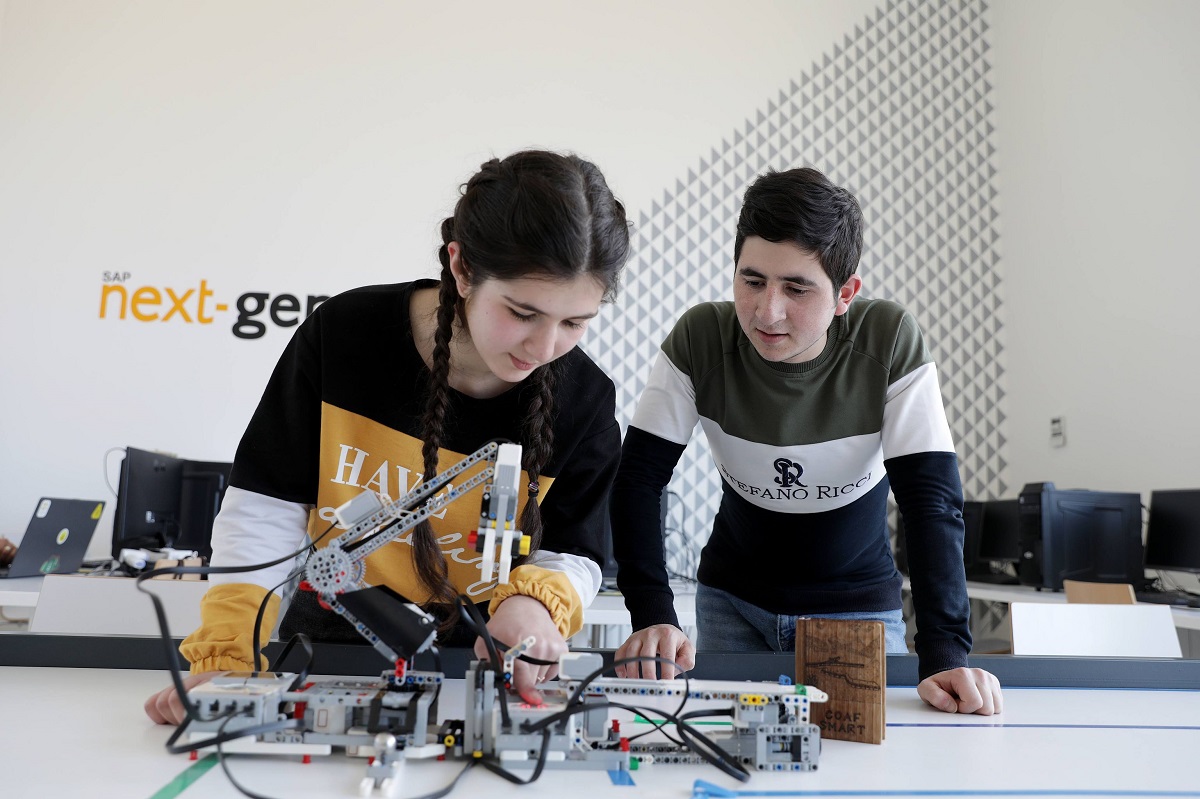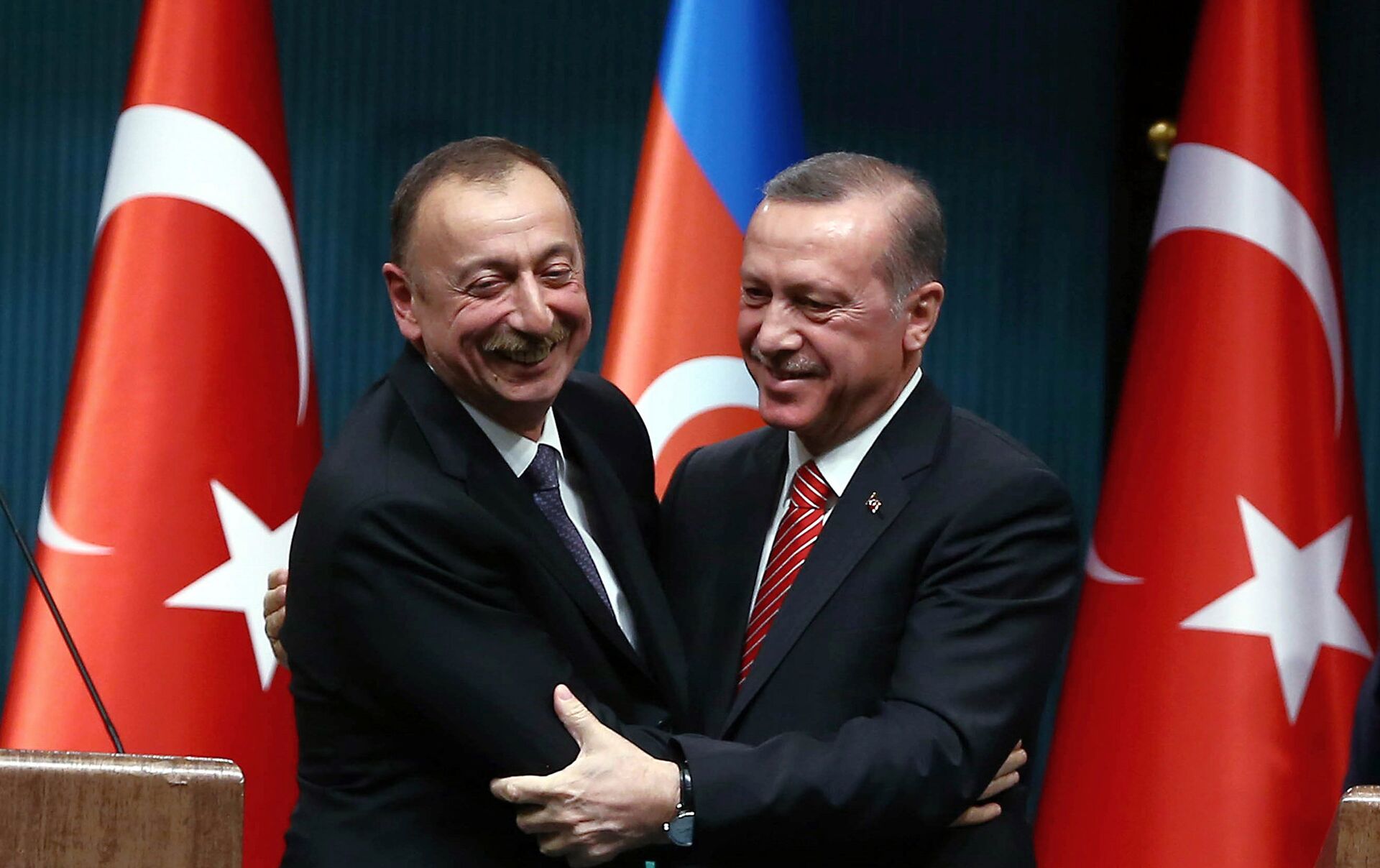More than 14,000 vacancies at Armenian universities. Why are there fewer applicants?
Vacancies in Armenian universities
On the eve of a new academic year, the Ministry of Education of Armenia summed up results of admissions to universities. According to the results of entrance examinations, more than 14,000 places remain vacant. Lusine Grigoryan, head of the Department of Higher and Postgraduate Professional Education, said these places in non-state universities are mostly empty.
According to experts, this situation is due to many reasons, including an increase in tuition fees and rents for apartments in Yerevan.
Why so many vacancies at the universities, which professions are now most in demand, and an expert’s commentary on the situation as a whole.
“One specialty – one university”
This year, when entering universities, the principle “One specialty – one university” was again adopted. This means that in the first round of admission, applicants may declare only one university and only one profession that they would like to enter.
This method has been in effect since 2021. Previously, applicants had the opportunity to indicate several preferred options in their applications, which made it possible to get into a university with the applicants’ point level.
However, applicants who received positive scores but did not enter universities at the main stage were given the opportunity to reapply. And some of them entered the remaining vacant places in universities — already at an additional stage of admission.
Ratio breakdown
While 11,587 applicants took part in the entrance exams, 9,729 people matriculated, 1,670 of whom went into free spots.
14,158 seats remained vacant, of which 13,900 were paid, 258 were free.
Moreover, fewer people wanted to enter non-state universities. Only 131 students entered the 7,500 places on offer.
Chemistry, geography, geology, pedagogy, cultural studies and a large list of professions did not interest applicants at all.
“Studies show that many of the professions that applicants are not interested in are in high demand in the labor market. And yet they are less attractive to applicants,” Lusine Grigoryan emphasized.
According to Grigoryan, the ministry, together with partnering structures, is trying to analyze and understand the reasons for the low popularity of these professions. She believes that it is related to the level of awareness of the population as a whole, including students of secondary schools:
“Both universities and employers need to get involved in the outreach process. All possible measures should be taken to present possible educational services, working conditions and development trends.”
Grigoryan believes that systemic solutions are needed, and in order to strengthen the connection between school and university, career centers should be created in educational institutions.
Lawyer and international specialist the most popular professions in Armenia
According to the Ministry of Education, applicants’ preferred professions hae not changed from last year:
- jurisprudence,
- international relations,
- management,
- applied math,
- medicine / dentistry.
Commentary
According to Serob Khachatryan, an expert in the field of education, there are fewer applicants for several reasons:
- the number of young people wishing to continue their studies at a university has decreased since the introduction of the twelve-year system of education in schools [2017],
- there are jobs that do not require high qualifications,
- outstanding students and graduates of well-known local schools easily enter universities abroad.
The expert says that for students coming to Yerevan from the regions, an increase in tuition fees and for apartments are critical factors in deciding where to go to school, or whether they got at all.
“Even if they do not pay tuition, that is, they go to a free school, the prices for apartments have risen so much that many are simply not able to live there,” Serob Khachatryan maintains.
According to Khachatryan, there was also a polarization of applicants. He says that many want to study in popular departments where the competition is high. Thus, the number of applicants in other areas is decreasing, for example in the agricultural and pedagogical departments.
“As for free spots, they’re mostly in departments training for professions currently unattractive to the labor market,” Serob Khachatryan states.
He says that many young people choose the path of non-formal education, which is normal. They want to acquire skills in a short time and enter the labor market sooner.
Vacancies in Armenian universities





















